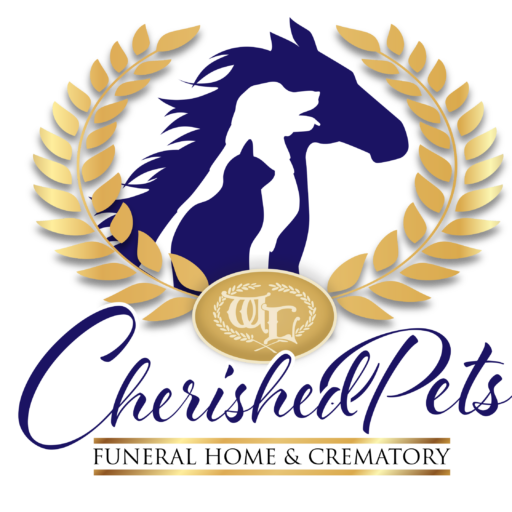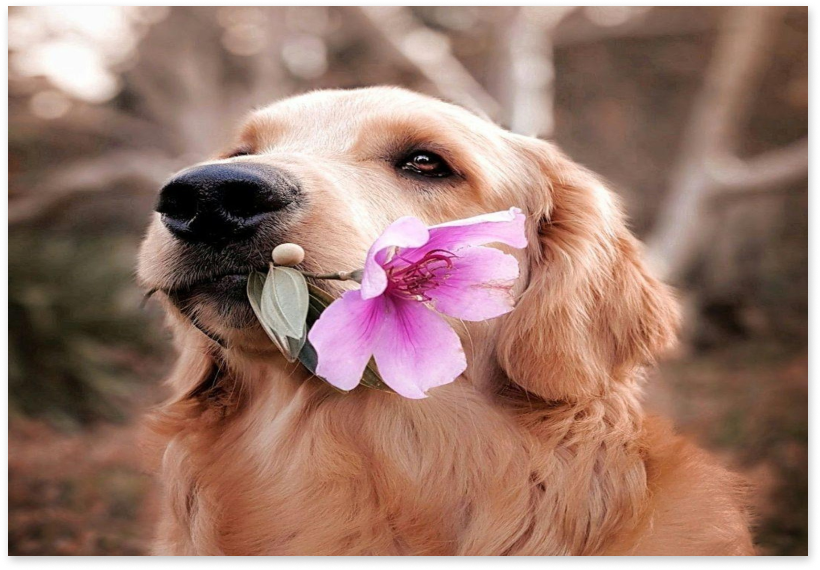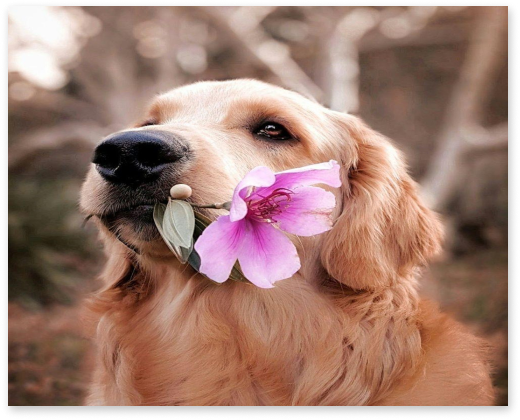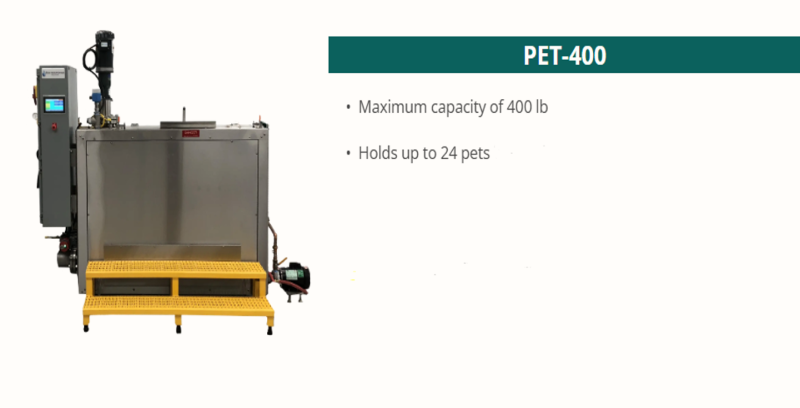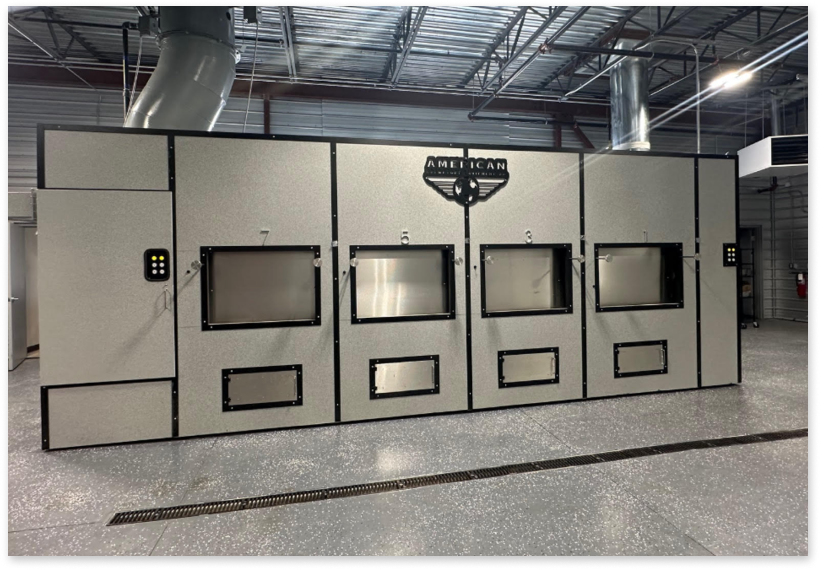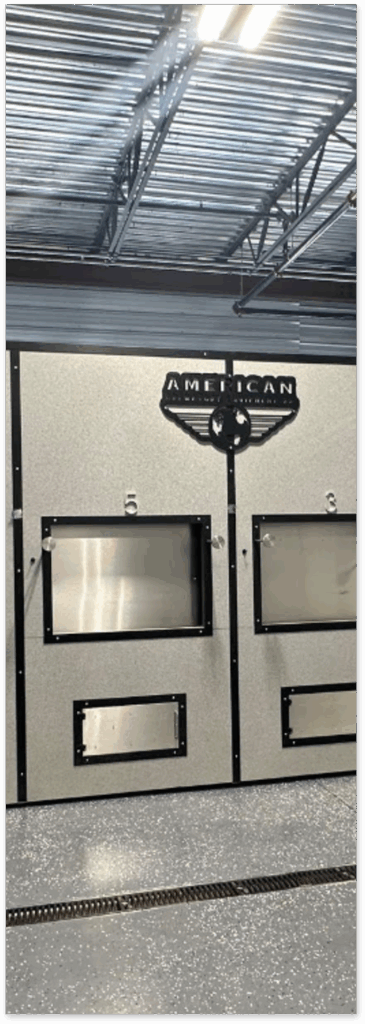Understanding Aquamation
While aquamation is presented as a gentle, eco-friendly option, it’s important to consider all aspects of the process.
Aquamation, or alkaline hydrolysis, involves submerging pets in a solution of water and alkali at elevated temperatures for an extended period. While marketed as environmentally friendly, there are considerations to keep in mind:
- Cremating Together: Most all pets are often cremated together by submerging and then bathing all of them in the same chemical solution, even though their actual bodies may be placed in separate bags and/or cages/baskets within the same machine. Smaller pets’ remains may actually go through the holes in the baskets. Multiple pets are cremated in the same solution for cost savings. In rare cases will there only be one pet in the machine during the process, i.e., very large animals.
- Next Steps After Chemical Bathing: After a significant period of time in the chemical solution, the pet’s body is broken down with only the bones remaining. The bones are usually removed from the actual machine and dried, then processed to be placed in a selected container/urn.
- Natural Resources Used: Natural resources used are water and some form of energy to heat the liquid chemical solution, such as with gas or electricity, over a long period of time.
- Chemical Disposal: The byproducts require proper disposal of what is considered “sludge” to prevent environmental contamination such as our groundwater.
There are questions about the drugs used with euthanasia and whether or not these are neutralized with the chemical solution. If not, this sludge could be detrimental to other animals, especially protected wildlife, which in turn could then bring legal ramifications.
Choosing the right aftercare for your pet is a personal decision. At Cherished Pets Funeral Home and Crematory, we offer a respectful, environmentally conscious flame-based cremation service that honors the memory of your beloved companion.
Have You Lost a Pet?
Curious About a Pet Funeral?
Frequently Asked Questions (FAQs)
What is aquamation?
Aquamation, also called alkaline hydrolysis or water cremation, is a process that uses a combination of heated water and alkali chemicals to break down a pet’s body over several hours. The result is a liquid solution and soft bone material, which, when dried, is then processed into a powder form of remains.
Are pets really kept separate during aquamation?
Technically, no. While some providers may place pets in separate bags and/or “cages,” or “metal baskets,” the process occurs in a shared chamber where the same solution bathes all of the pets, essentially cremating pets in the same machine together to save costs. Very rarely, except in cases of very large animals, is aquamation done with only one pet in the machine.
How is cremation different at Cherished Pets Funeral Home and Crematory?
We offer true private cremation. Your pet is placed in a private cremation chamber – ONE PET PER CHAMBER— never with other pets. We maintain a transparent and respectful process every step of the way, ensuring your pet receives the care they deserve.
Is cremation safe for the environment?
Yes. Our state-of-the-art crematory features a secondary afterburner chamber that eliminates harmful emissions before they’re released into the air. This makes our flame-based process both respectful and environmentally responsible.
Is aquamation really more eco-friendly than cremation?
While aquamation uses water instead of flame, it still produces a chemical-rich byproduct that must be properly disposed of. Our cremation process includes advanced filtration to reduce environmental impact — without introducing new chemical waste into the water system.
Can I witness my pet’s cremation?
Yes. At Cherished Pets Funeral Home and Crematory, we welcome families who want to be part of their pet’s final goodbye.
How quickly will I receive my pet’s cremains?
At Cherished Pets Funeral Home and Crematory, we typically return your pet’s cremains within 3–5 business days, but we do offer same-day cremation services.
How do I know where my pet is?
Each pet is tracked electronically through our specialized software, and cared for individually. You will receive important notifications along the way.
Can we review service and merchandise options online?
Yes. Cherished Pets Funeral Home and Crematory has an e-commerce site – everything may be ordered 24/7 with instructions for bringing pet into our care or coming to your home or veterinarian’s office may be completed online through our website: www.cherishedpetsfuneralhome.com
Are you open all hours?
Yes. Our facility open hours and availability are similar to a traditional funeral home. The Cherished Pets Funeral Home and Crematory facility is open regular business hours Monday – Friday 8:30 AM – 5:00 PM, and other times by appointment. Our phones are answered 24/7 by a live person. We are available 24/7 to bring pets into our care.
What if my veterinarian says they will “take care of the cremation” but I want to use Cherished Pets Funeral Home and Crematory?
If it is the family’s choice of the pet funeral home/crematory you wish to care for your pet. Simply inform the veterinarian staff that you want Cherished Pets Funeral Home and Crematory to take care of your pet. THEN, make sure to contact us by calling: #417-366-PETS so we are aware of your request to follow up with your veterinarian.
What if I don’t like cremation – either aquamation or flame. What are my options for caring for my pet?
Pet families may choose to do burial of the body either at a pet cemetery or on the owner’s property. There are different requirements for either. Our Cherished Pets Funeral Home and Crematory pet specialists may help guide a family on the available options, scheduling, and coordination of burial services. We have available a wide range of caskets and vaults, including green burial options.
Do most funeral professionals recommend aquamation?
Actually, most funeral professionals and owners prefer flame cremation over aquamation.

